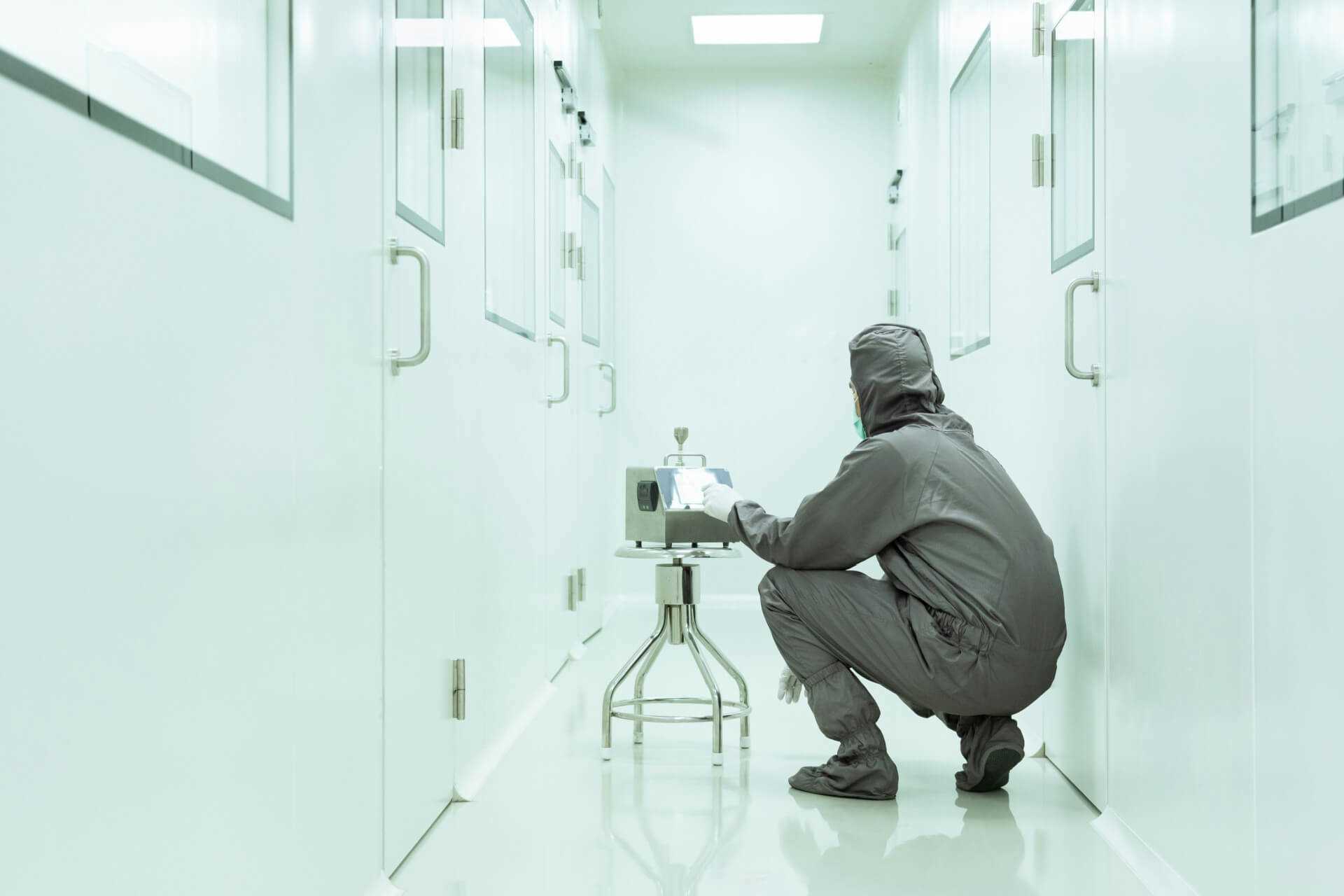
The Impact of Contaminants on Sterile Drug Manufacturing
Sterile drug manufacturing demands absolute precision. Unlike other pharmaceutical processes, the margin for error in sterile environments is virtually zero. Any contaminant—be it microbial, particulate, or chemical—can render an entire batch unusable, risk patient safety, and result in regulatory consequences. That’s why contamination control is not just important in sterile manufacturing—it’s essential.
Contaminants in sterile drug production can come from a wide range of sources. People, equipment, raw materials, air handling systems, and cleaning processes themselves all pose potential risks. Even the most minor deviation from protocol can allow microorganisms or particulates to enter the environment. In aseptic processing, where drugs are filled and sealed in a sterile state, this risk is especially heightened.
Microbial contamination is perhaps the most significant threat. Bacteria, fungi, and viruses—many of which are introduced through personnel—can quickly compromise product sterility. Once introduced, these microorganisms are difficult to detect and may not be discovered until after distribution, which increases the risk of product recalls and patient exposure.
Particulate contamination also poses a serious risk, especially in injectable products. Particles can enter the bloodstream and cause embolism, inflammation, or other adverse reactions. These contaminants can originate from HVAC systems, raw materials, packaging components, or even breakdown of cleanroom garments and equipment.
To maintain sterility, cleanrooms used in sterile drug manufacturing are typically classified at ISO Class 5 through ISO Class 7, depending on the specific process. These classifications come with strict limits on airborne particle counts and microbial presence. Airflow, surface cleanliness, gowning procedures, and cleaning protocols must all work together seamlessly to keep the environment in control.
Vibraclean helps sterile manufacturing facilities manage this complexity with targeted contamination control strategies. Our services are designed to align with your facility’s classification, product type, and regulatory requirements. We utilize proven technologies like ionized hydrogen peroxide (iHP) for deep decontamination, as well as manual disinfectant application for precision cleaning of sensitive surfaces.
Our team is trained to recognize high-risk areas and tailor protocols accordingly—paying special attention to critical zones such as filling lines, compounding areas, and isolators. We also support surface and air sampling to confirm that microbial and particulate levels remain within acceptable limits.
Maintaining sterility is not a one-time effort—it requires continuous vigilance. Vibraclean’s routine decontamination services help facilities sustain control over time, preventing gradual buildup of contaminants that can lead to serious consequences down the line.
In the sterile drug manufacturing space, contamination doesn’t just delay production—it compromises patient safety. That’s why every clean, every protocol, and every validation must be executed with the highest level of care and expertise.
Vibraclean’s contamination control services are designed to help sterile manufacturing environments operate with confidence, knowing their cleanrooms are ready to meet the strictest standards in the industry.
